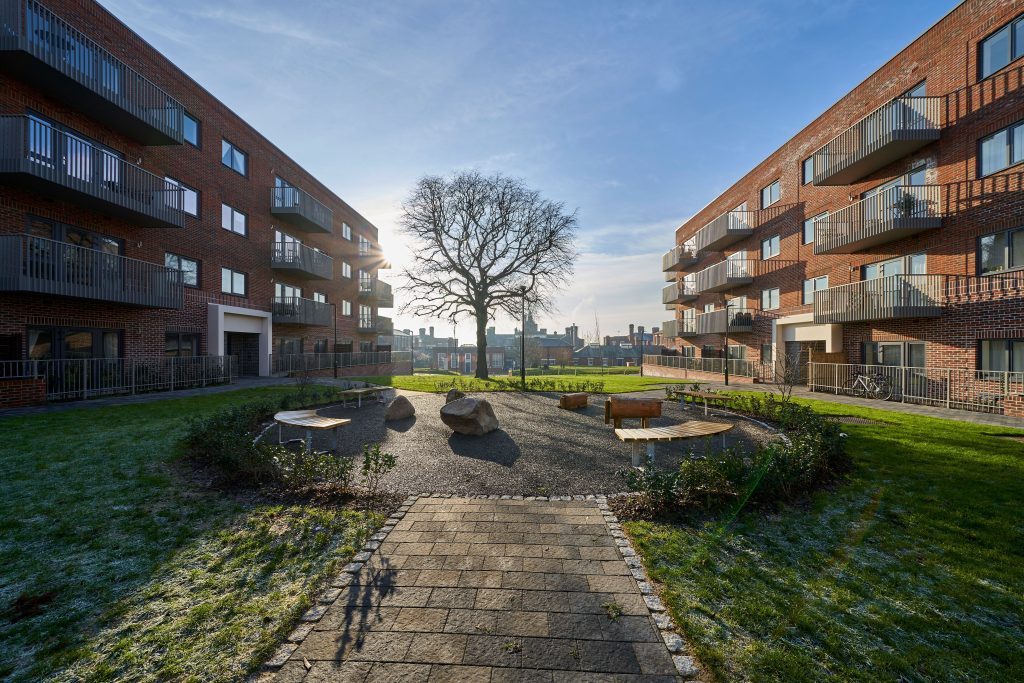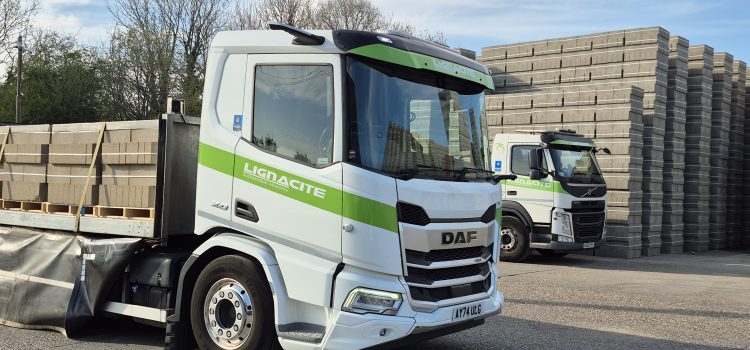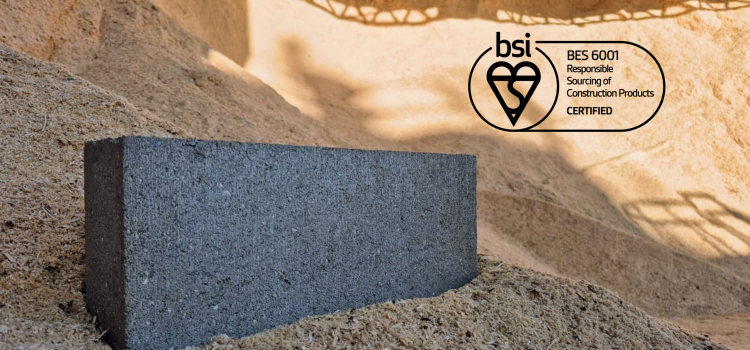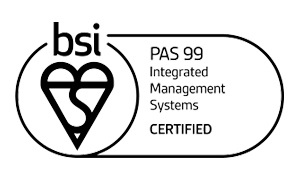Articles
Why use sustainable materials in construction? The benefits of environmentally friendly building materials

Posted by Nick Franks
Read on to discover the advantages of including sustainable building materials in your next project.
As net-zero deadlines creep closer and climate change continues to make itself felt with unsettled weather, the construction industry is under pressure to become more sustainable.
One element of this is the inclusion of greener building materials. But what counts as a ‘sustainable’ material, and what are the advantages?
What makes building materials sustainable?
To be sustainable, a building material must minimise its environmental impact throughout its lifecycle.
Several key factors contribute towards this. Firstly, renewable resources need to be prioritised to limit the impact of extracting raw and finite materials.
Additionally, materials that need low energy use during extraction, processing and transportation should be favoured. This reduces the carbon emissions associated with their production and delivery. Ideally, materials should be locally sourced to reduce transportation distances.
Durability is another essential aspect of sustainable building materials. Materials that have a long lifespan and need little maintenance help to reduce the need for frequent replacements. This lowers their overall resource consumption and waste generation.
Recyclability and reusability are crucial characteristics too. Materials that can be easily recycled at the end of their life, or repurposed for other construction projects, contribute to a circular economy. This leads to waste reduction and conserves resources.
Types of sustainable building materials
Recycled concrete: Crushed concrete from demolished structures can be recycled as aggregate for new concrete production. This reduces the need for virgin materials and cuts waste for more sustainable construction.
Sustainably harvested wood: Wood sourced from responsibly managed forests ensures that forests are managed in an environmentally and socially responsible manner. It is also possible to use recycled wood within a building material. For example, in our flagship Lignacite blocks we use recycled wood particles as one of our aggregates.
Bamboo: Bamboo is a fast-growing renewable resource that can be harvested within a few years. It is strong and versatile, making it suitable for various construction applications. This includes structural elements and cladding.
Recycled Steel: Using recycled steel reduces the need for new raw materials and energy-intensive mining processes. Recycled steel is commonly used for structural components such as beams and columns in buildings.
Recycled Glass: Glass can be recycled indefinitely without losing its quality. Recycled glass is often used in the production of countertops, tiles, insulation and decorative elements in buildings.
Pulverised ash: Ash can be a useful sustainable material to use as an aggregate within concrete blocks. Indeed, it is estimated that substituting cement with 30% ash can cut CO2 emissions in concrete manufacture by 20%.
Find out more: are concrete blocks sustainable?
Why is it important to use building materials that are environmentally friendly?
According to the UK Green Building Council, 10% of the UK’s carbon dioxide emissions are directly linked to construction activities. Using a sustainable alternative can therefore play a part in reducing this footprint. This is because they need less energy to be produced and transported.
Traditional construction materials also often involve the extraction of natural resources, such as minerals and fossil fuels. This can lead to habitat destruction, soil erosion and damage to natural ecosystems. By opting for environmentally friendly materials, we can reduce our reliance on finite resources and decrease ecological damage for a more sustainable future.
What are the advantages of eco-friendly construction materials?
Contribution towards net zero
As the race to net zero hurtles towards the finish line, developers, architects, specifiers and buyers will be looking for more eco-friendly solutions. One of the advantages of sustainable building products is that you can help reduce your project’s carbon footprint and make a positive contribution towards net zero goals.
Points on your BREEAM assessment
If you are aiming for a particular BREEAM rating, you will need to meet certain criteria. This includes reducing waste and encouraging a circular economy. By using recycled or reusable materials, you can demonstrate your commitment towards these initiatives.
Cost efficiency
Although sustainable building materials can be more costly at the outset, over the long run they can save you money. This is because you can reduce waste by reusing or recycling materials.
Improved insulation
Another significant advantage of eco-friendly construction materials is their potential to improve both sound and thermal insulation. For instance, the recycled wood particles in our Lignacite range give our blocks a finer texture for improved sound insulation.
Healthier indoor environments
Conventional building materials may contain harmful substances (volatile organic compounds, or VOCs) that are released into the indoor air, leading to poorer air quality. In contrast, eco-friendly materials typically have low or even zero VOCs.
Enhanced value
You may find that a building made with green materials can increase its value and appeal to buyers and renters. For example, the sustainability credentials highlighted by a BREEAM assessment can add around 8-12% of value to a structure.
Better durability
Green building materials can last longer than traditional options. This means that they need less maintenance and can be replaced less frequently.
Find out more about Lignacite's sustainable masonry products
If you’d like to find out more about our products and their sustainability credentials, please get in touch! You can call us on 01842 778485 or email info@lignacite.co.uk.
You can also take a look at our Sustainability page.






















